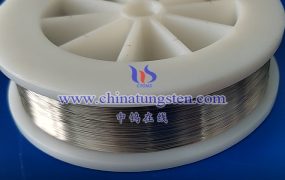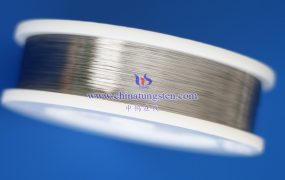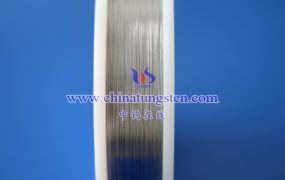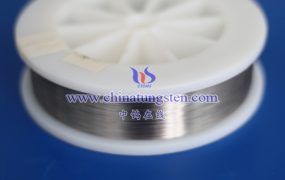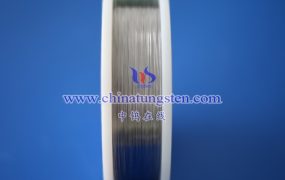The main reason for tungsten wire breakage can be attributed to the joint action of multiple factors, but the most critical of them are high-temperature evaporation, thermal stress, and fluctuations in current and voltage. The following is a detailed analysis of these reasons:
High-temperature evaporation:
When the tungsten wire is working in the bulb, the temperature can reach 2500~3000°C. Although tungsten has an extremely high melting point (about 3422°C), at such high temperatures, tungsten atoms slowly evaporate, escaping from the surface of the tungsten wire and diffusing into the interior of the bulb. This evaporation process causes the tungsten wire to gradually become thinner, weaker in structure, and eventually cause it to break.
Thermal stress:
Every time the bulb is lit and extinguished, the tungsten wire undergoes a process of heating and cooling, causing it to expand and contract continuously. This process produces thermal stress, especially in the thinner areas of the tungsten wire. Repeated thermal expansion and contraction can cause metal fatigue and increase the risk of tungsten wire breakage.
Fluctuations in current and voltage:
Unstable current or voltage fluctuations can also have an impact on the life of the bulb. If the current is too high, the temperature of the tungsten wire will rise faster, increasing the rate of evaporation and damage of the tungsten wire, thereby shortening the life of the bulb. Unstable voltage can also cause the tungsten wire to be subjected to additional stress, increasing the possibility of breakage.
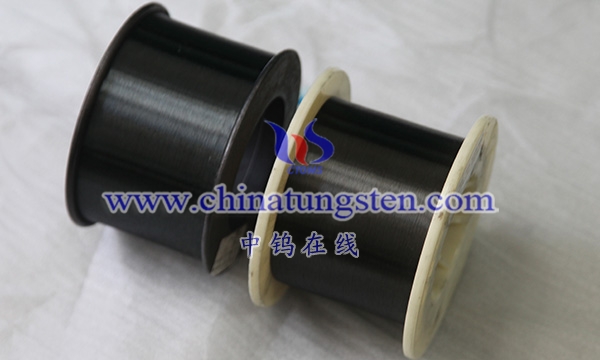
In addition, there are some other factors that may also cause the tungsten wire to break, such as:
External vibration or impact: When the bulb is subjected to external vibration or impact, the tungsten wire may break due to its high brittleness, especially when the bulb is powered on, the tungsten wire has been heated to a fragile state, and sudden impact is more likely to cause damage.
Oxidation: Although the interior of incandescent bulbs is usually filled with inert gas (such as argon) or evacuated to prevent tungsten wire oxidation, if the bulb is not sealed well and outside air enters the bulb, the tungsten wire will react with oxygen to form tungsten oxide, which will accelerate the loss of the tungsten wire and eventually cause it to break.
Processing defects: Tungsten wires may have defects such as cracks, inclusions, and pores during the production process. These defects will reduce the strength and toughness of the tungsten wire and increase the risk of breakage.
More details of tungsten wires, please visit website: http://tungsten.com.cn/tungsten-wires.html
Please contact CHINATUNGSTEN for inquiry and order of tungsten needles:
Email: sales@chinatungsten.com
Tel.: +86 592 5129595

